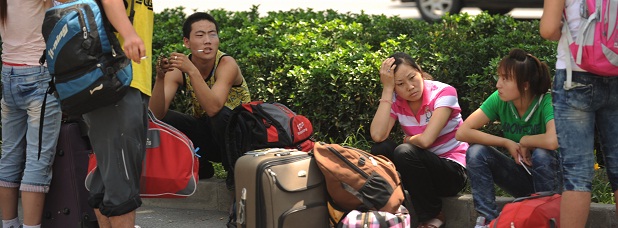04/13/2015
China / Economics

Urbanisation is vital to facilitating economic growth in China. But more reforms are needed to encourage rural residents to move to the cities.
Thirty years ago, fewer than 200 million people lived in China’s cities and towns. Today, urban dwellers number 700 million. That growth represented one of the largest waves of human migration in history, supplying the manpower behind China’s export-driven economic boom.
Urbanisation has long been a central policy of the government. The target of a 60% urbanisation rate by 2020 will require a 1.1% increase in the annual urbanisation rate on average, compared with 1.0% over 1978-2013. This is a tall order under current policy constraints.
Firstly, rapid urbanisation in the past was largely driven by pull factors, such as employment opportunities in cities and large urban-rural wage gaps. But these gaps have narrowed in recent years. Going forward, push factors will play a bigger role. That will entail a complex array of socio-economic factors.
Secondly, the old form of urbanisation bore many side-effects. Many of the more attractive cities were overcrowded and unprepared for the influx of newcomers. The three biggest cities in China held 14% of the country’s population on less than 3% of national land area. Public goods were stretched and social problems deepened as slums grew with urban sprawl. The unequal treatment of migrant workers – which made up about one third of the total urban population – was another cause of social discontent.
These sorts of problems do not facilitate economic growth. To address such issues, urbanisation must give more emphasis to efficiency and equality, particularly through hukou (residency) reforms and land reforms.
To read the full report, download the PDF.



